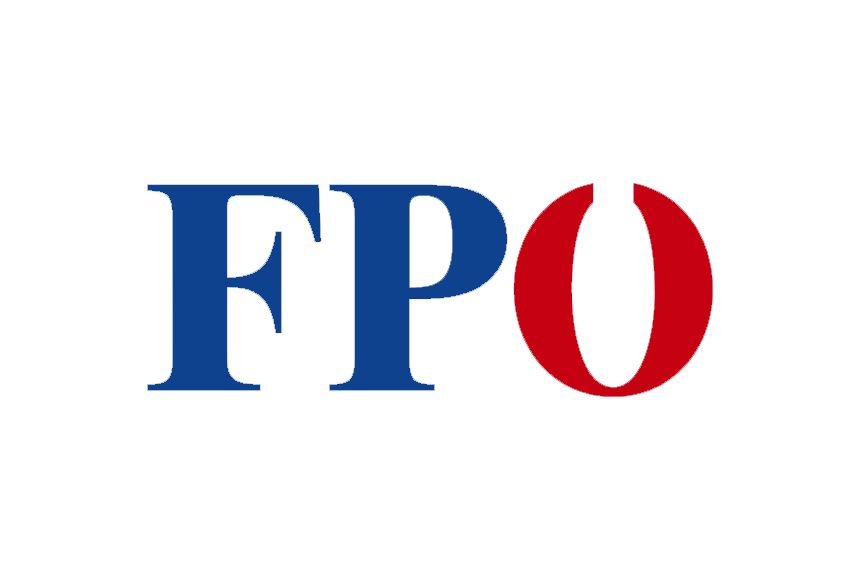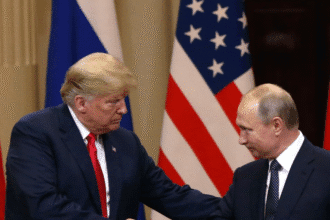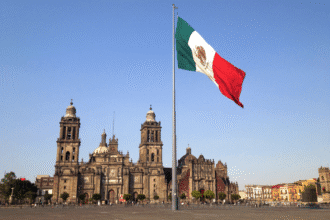The far-right populist Freedom Party (FPÖ) of Austria has declared the end of its attempts to create a coalition government with the conservative People’s Party (ÖVP), therefore marking the second failed attempt since September’s general election. This most recent event intensifies the political crisis facing Austria and leaves the nation in flux.
Following weeks of negotiations, FPÖ chief Herbert Kickl blamed the ÖVP for the fall-off, charging them with “power games” and lack of compromise. Kickl stated in a statement, “Although we made concessions to the ÖVP on many points, they were not ready to make substantial compromises. While we, the Freedom Party, were focused on security, prosperity, and honesty, the ÖVP was worried with power games and posture.
How did earlier coalition efforts fall short?
The ÖVP sought to create a three-party coalition with the Social Democrats (SPÖ) and the liberal NEOS prior to negotiating with the Freedom Party. The ÖVP sought a two-party coalition with the SPÖ when that effort fell apart, but likewise failed.
Austria Political Crisis persists without a suitable coalition partner, hence the political scene of the nation is now unclear.
Why did the FPÖ-ÖVP Talks fall apart?
Obstacle the ÖVP found challenging, the Freedom Party had planned to get the strong interior ministry and financial ministry. The ÖVP, however, insisted on guarantees of “the absence of Russian influence in Austria” and a pledge to Vienna staying “a reliable partner to the European Union.”
Kickl finally gave up on the task after being assigned the responsibility to establish a government on January 6 with earlier negotiations failing. Declaring regret over the result, he said, “The ÖVP insisted on clarifying the allocation of portfolios at the beginning of February. Though we gave the ÖVP several grounds of compromise in the latter negotiations, the negotiations failed finally—much to our dismay.
Alexander Pröll, General Secretary of the ÖVP, responded by charging Kickl of embarking on a “power trip” and underlining his uncompromising attitude. Herbert Kickl himself participated little in the government negotiations. Kickl spent seven hours overall sitting at the negotiation table in five weeks, Pröll stated. “He failed to meet his mandate for a center-right government. Rather, he insisted on all his demands, formed dreams of complete authority, and cut off the negotiations.«
How Did Austria Get Here?
The Freedom Party made history in September’s election by topping the polls for the first time with 28.8% of the vote, narrowly ahead of Chancellor Karl Nehammer’s ÖVP, which secured 26.3%. Still, President Alexander Van der Bellen first assigned Nehammer the authority to establish a government. When those talks failed in early January, Nehammer resigned, leading to the appointment of temporary Chancellor Alexander Schallenberg.
Van der Bellen subsequently turned to Kickl as no other parties could establish a government; unfortunately, his coalition effort has also fallen apart, aggravating the political crisis in Austria.
What Are Austria’s Next Steps?
- President Van der Bellen has described four likely routes ahead:
- fresh calls to elections
- a minority government
- Under a government of experts
- Another effort at a government by the parliamentary parties
He has stated intentions to meet with political parties of Austria to evaluate which course of action is most practical. Emphasizing the need of seeing a future, Van der Bellen said, “Liberal democracy lives from compromise.”
The next days will be crucial in deciding the future leadership and stability of Austria as political crisis still unsolved.








